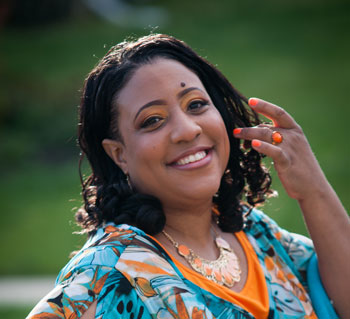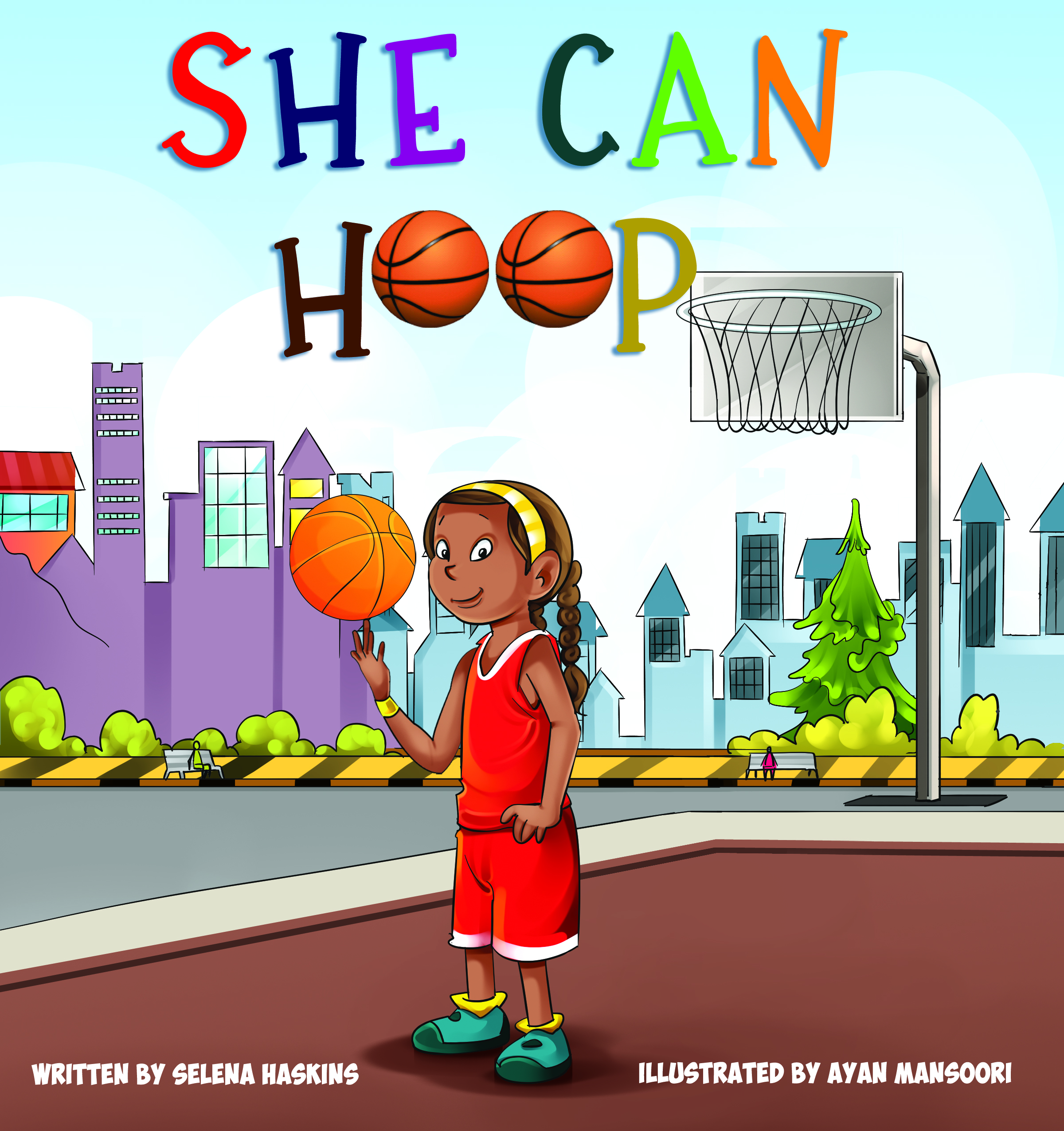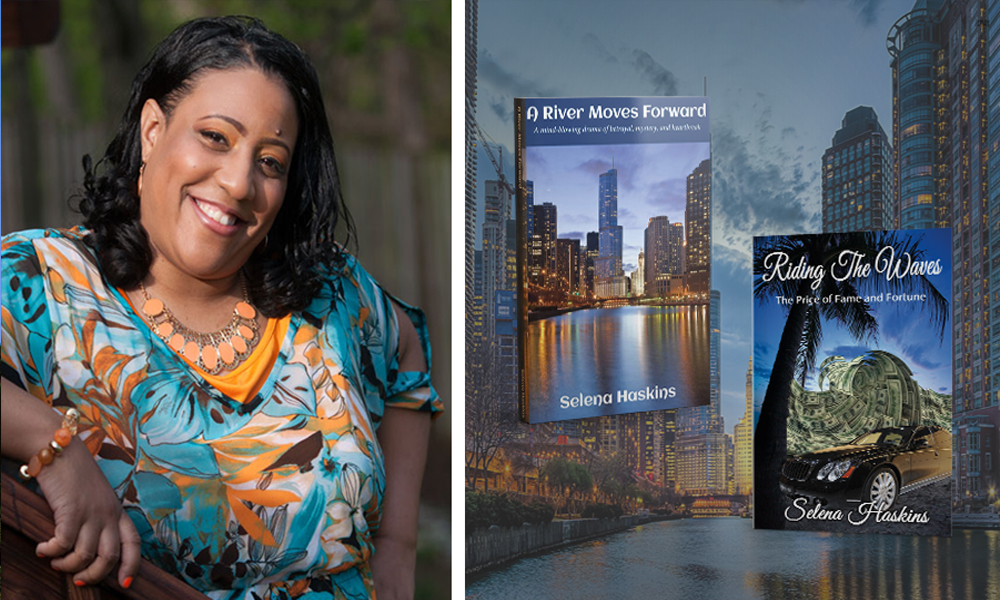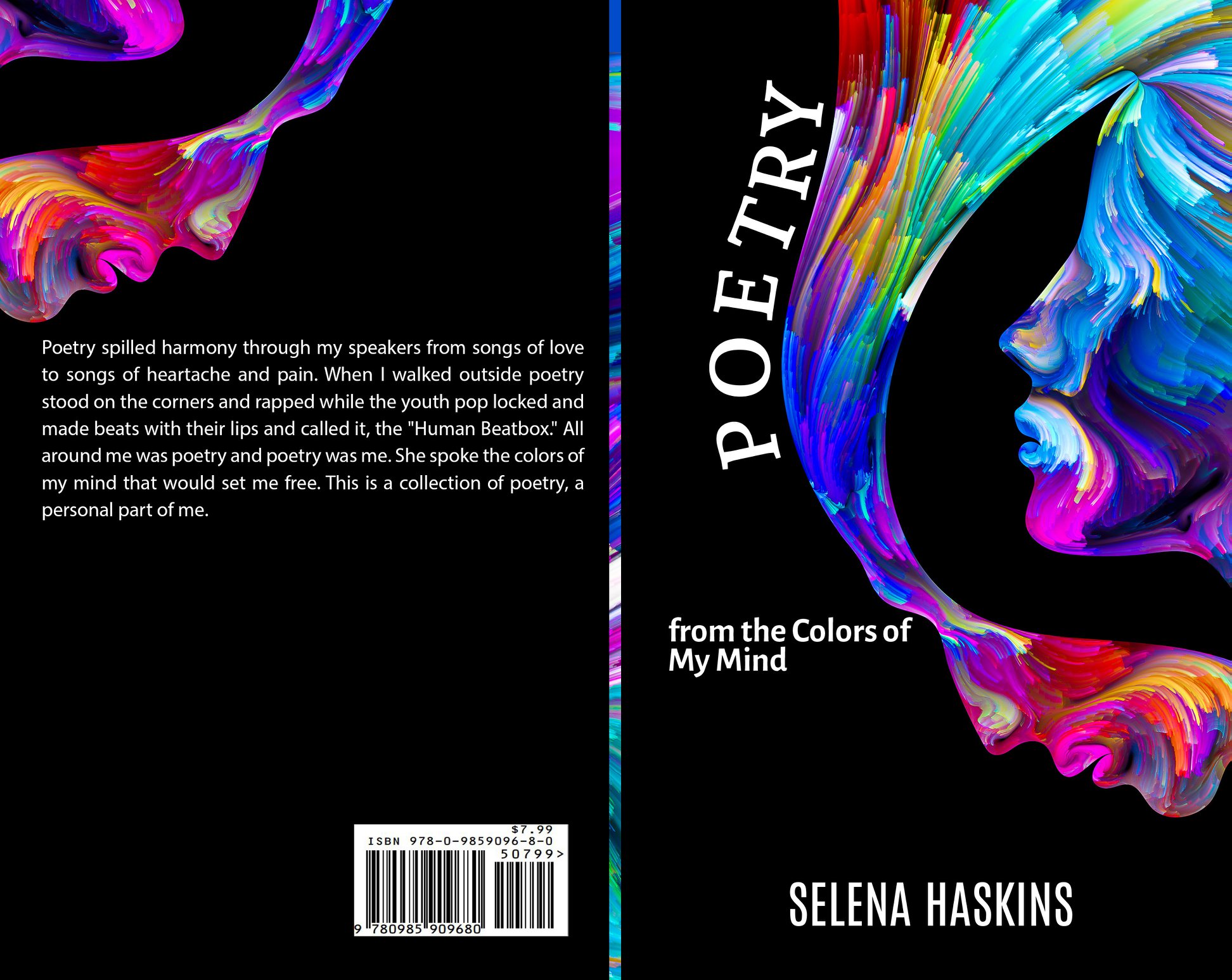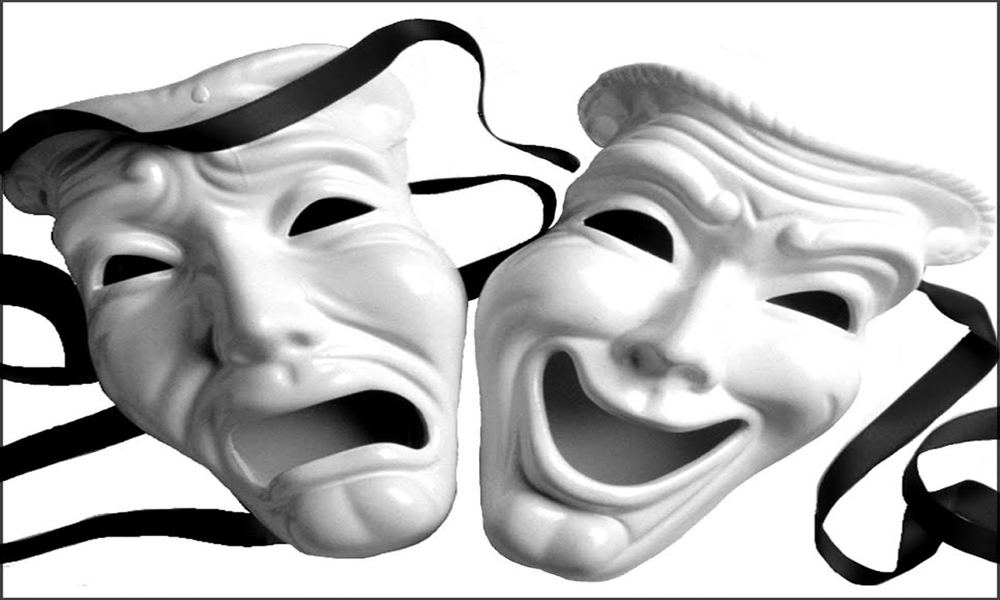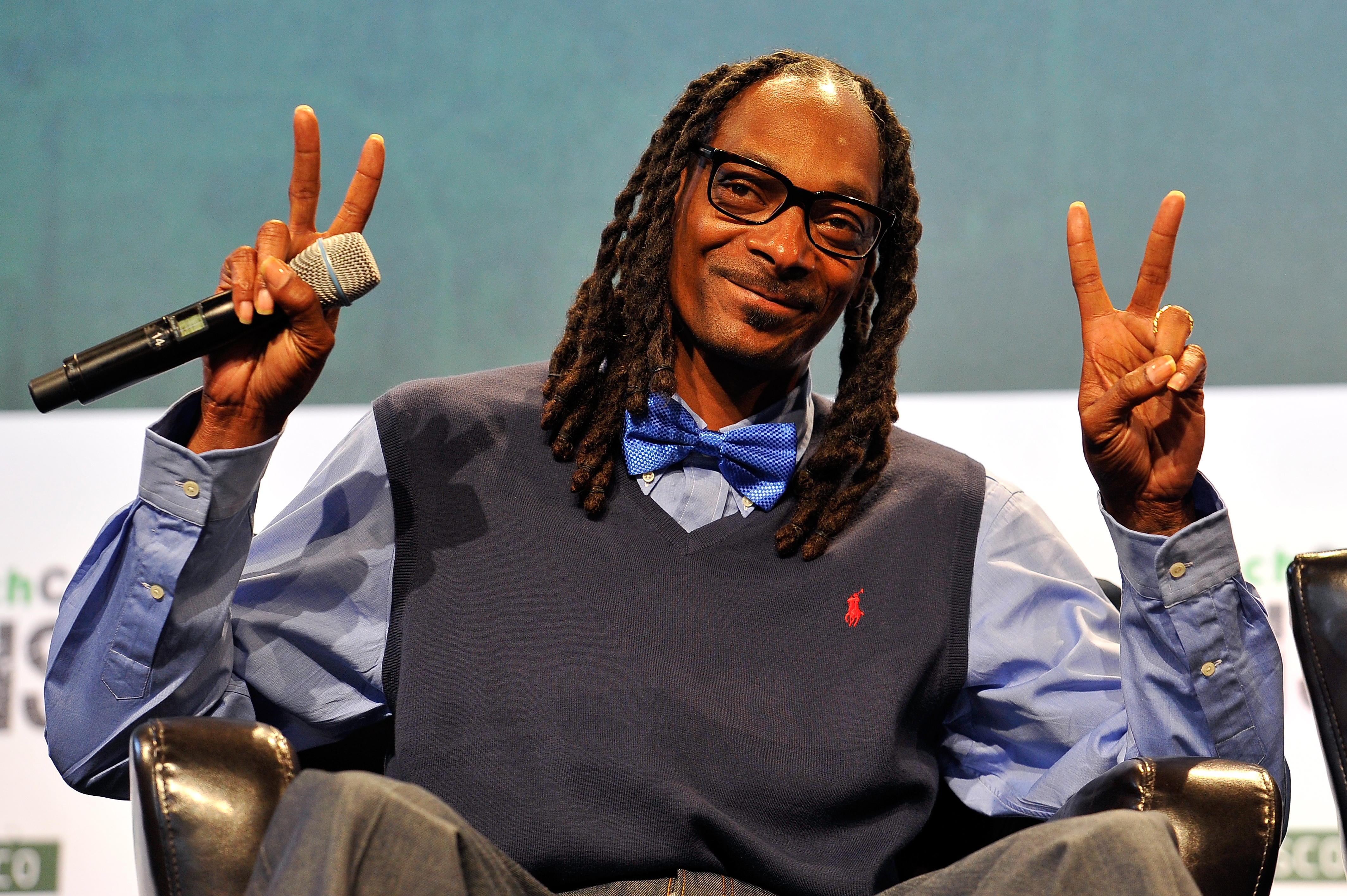

views
The Golden Age of Hip-Hop Part 2- The West Coast
views: 4468
Growing up in the 80s on the East Coast, I had only heard of East Coast rap music—for the most part. Of course, there was Ice-T, the World Class Wreckin’ Crew, and Too Short, but the West Coast during the early 80s didn’t have too many well-known rappers outside of their locale. All of that would change when I got to high school in the late 80s to early 90s. The word throughout school was that a new rap group from the West Coast called N.W. A (N*****Wit Attitudes) had a new album that was selling out everywhere. Being a hip-hop head, I had to find out who these guys were. The first thing I did was check the radio, but there wasn’t a DJ in town who dared to play N.W.A’s records. I soon discovered why when I heard their songs on a friend’s walkman. Yep, a walkman! It was the 80s and before the days of iPods and other music digital devices. Anyway, I donned the headphones over my ears and couldn’t believe when I heard N.W.A belting out expletives on how they felt about the police in Compton, California where they were from. I was used to East Coast rappers using metaphors to describe how they felt, but N.W.A didn’t gloss over their lyrics, they gave it to you straight with no chaser! I’d never heard music that was so raunchy, blunt, defiant, and sexist. While I could definitely understand their rage towards police brutality, I didn't like what they said about women. I wasn’t the only one who felt that way. N.W.A’s explicit lyrical content made them controversial figures. The group received criticism for their vulgarities, contempt for police, and insulting women with derogatory names. Yet, the more the media, political figures, and the general public protested about their music, the more records they seemed to sell. In fact, Eazy-E once said, “I don’t care what they say….let the people decide what is good taste.” (Variety Magazine 1993)
Not only did N.W.A make the rappers on the East Coast take notice of their music, but their style with the khakis, plaid shirts, and L.A. Raiders jacket became ubiquitous. The youth on the East Coast began to look and dress like N.W.A sans the Jheri Curls. A new culture in hip-hop was taking place and N.W.A made it seem cool for young guys to buy low riders, smoke blunts, and let their pants sag below the waist.
The West Coast culture was a laid back 70s/80s appeal, and no doubt, Dr. Dre’s sampling of 70s P-Funk music influenced young listeners to bob their heads to the beat. Hence, that’s why I loved the music and the beats of certain N.W.A songs more than I did the lyrics. I believe that Dre. Dre’s dope beats contributed to N.W.A’s overall success albeit only two studio albums and one compilation album before they disbanded in 1992.
When N.W.A split, each artist recorded successful solo records. Dr. Dre would step to the mike for the first time as a solo artist under a new label Deathrow Records. Dr. Dre produced what would become one of the greatest hip-hop albums of all time, “The Chronic.” Following the success of the Chronic, Dr. Dre produced rap artists: Snoop Doggy Dog (later Snoop Dogg), Nate Dogg, Warren G., Lady of Rage, Me’Chelle, Tupac Shakur, The DOC, and many others. Ice Cube would also put on West Coast rappers such as Yo-Yo and The Lynch Mob. Eazy-E would be the first former N.W.A member to sign artists outside of the West Coast when he gave Bone Thugs N’ Harmony a record deal. Bone Thugs N’ Harmony was a group from Cleveland, Ohio. Their speed rapping bred much success to earn them a Grammy Award, something no other former N.W.A member had done with their artists.
Soon, I began to hear a lot of West Coast music being played on the radio sans the explicit content. Many artists would produce radio-friendly singles to be played across the airways. Consumers now had the option to buy a clean version or an explicit version of the same album. I personally had a CD tower filled with clean versions of hip-hop music. Not only did my collection include East Coast rap music, but a host of West Coast favorites such as Cypress Hill, Digital Underground, the Pharcyde, Xzibit, Yo-Yo, and of course, Tupac Shakur.
Tupac was the most prolific West Coast solo rapper. Although he was originally from the East Coast, born in New York and raised in Baltimore, Tupac moved out West in the middle of high school. He would join Digital Underground and later produce his own music and release a couple of songs that would become my favorites such as “Brenda’s Got a Baby” and “When My Homey’s Call.” I liked the fact that Tupac rapped about social issues that were affecting the African American communities, and he was very poetic with his rhymes. Tupac was a man of many talents and he was just as good at rapping as he was with acting. When Tupac hit the big screen and starred in movies such as Juice, Poetic Justice, Above the Rim, and Gridlocked, he became an instant star. Many people, including myself, felt a connection to Tupac because of his compassion for the disenfranchised. Not only was Tupac socially conscious, he was gifted, smart, handsome, but later on he too would become a controversial figure.
Without question, West Coast rap music dominated hip-hop in the mid-to-late 90s. Record sales of West Coast hip-hop music left many East Coast music executives puzzled as to how they could compete and put the East Coast back on the map. In many ways, the East Coast hip-hop culture seemed to be looking for another superstar to catapult them back into mainstream. Although the East had dope artists such as Nas, Wu-Tang, Redman, Mobb Deep and Onyx, they weren’t outselling some of the West Coast rap artists. Certainly, none of them could compete with the West Coast King, Tupac. Soon, an ambitious record executive by the name of Sean “Puffy” Combs discovered a rapper who would become the hip-hop King of the East.
“It was all a dream, I used to read Word-Up magazines, Salt n’ Pepa and Heavy D.” Right away my ears tuned in and I wondered, ‘who is this guy?’ when I heard his song on the radio. It was none other than the Notorious B.I.G. aka “Biggie” aka “Biggie Smalls” government name, Christopher Wallace, ‘and if you don’t know now ya know…’ Juicy by Notorious B.I.G.
I loved Biggie’s flow instantly. His lyrics were simple and they made sense. The metaphors he used just killed every single bar. Biggie revived East Coast rap music. He gave big men the stamp of approval to rock some of the same styles of clothing that smaller men did. “Heartthrob never, however, I stay Coogi down to the socks.” True to his lyrics from his song, One More Chance, Biggie was a little hard on the eyes, but he was confident when he stepped on stage flaunting a Versace sweater, baggy blue jeans, and Timberland boots, with a hat tilted to the side over his lazy eye. He rapped about urban life from an East Coast perspective, but even the West Coast could relate to him, especially rap phenomenon Tupac whom Biggie befriended. Biggie now represented the East and Tupac represented the West, and they were good friends. Unfortunately, their friendship was short-lived.
When Tupac Shakur was shot at Quad Studios, his friendship with Biggie ended, and this sparked a beef between both coasts. Fans of hip-hop music began to take sides—either you were down with the East Coast or the West Coast. Frankly, I was down with whoever made good music regardless of where they were from. The events that unfolded during the beef between the coasts would result in the unfortunate demise of both Tupac and Biggie. While many people are still pointing fingers as to who may be responsible for their deaths, their cases remain unresolved. To this day, I wonder what their lives would’ve been like had the beef been settling, but far too many people were involved, including the media so the world will never know.
The legacy of Tupac and Biggie would live on in hip-hop. Many artists would come after them and imitate their styles, such as Jay-Z, 50 Cents, The Game, and many others. Yet, no one could duplicate what Tupac and Biggie had created and neither would they instill such an impact on the hip-hop culture even down to this day.
The good thing about hip-hop is that it continues to grow and reinvent itself as the dynamics in urban culture changes. During the late 90s when the East Coast versus West Coast beef had everyone’s attention, a new breed of talent was on the rise— the “Dirty South.” Southern rappers would make their marks in hip-hop history as well. How did they come about? What would their influence mean to the hip-hop culture?
Stay tuned for Part 3- The Finale of the Golden Age of Hip-Hop.
